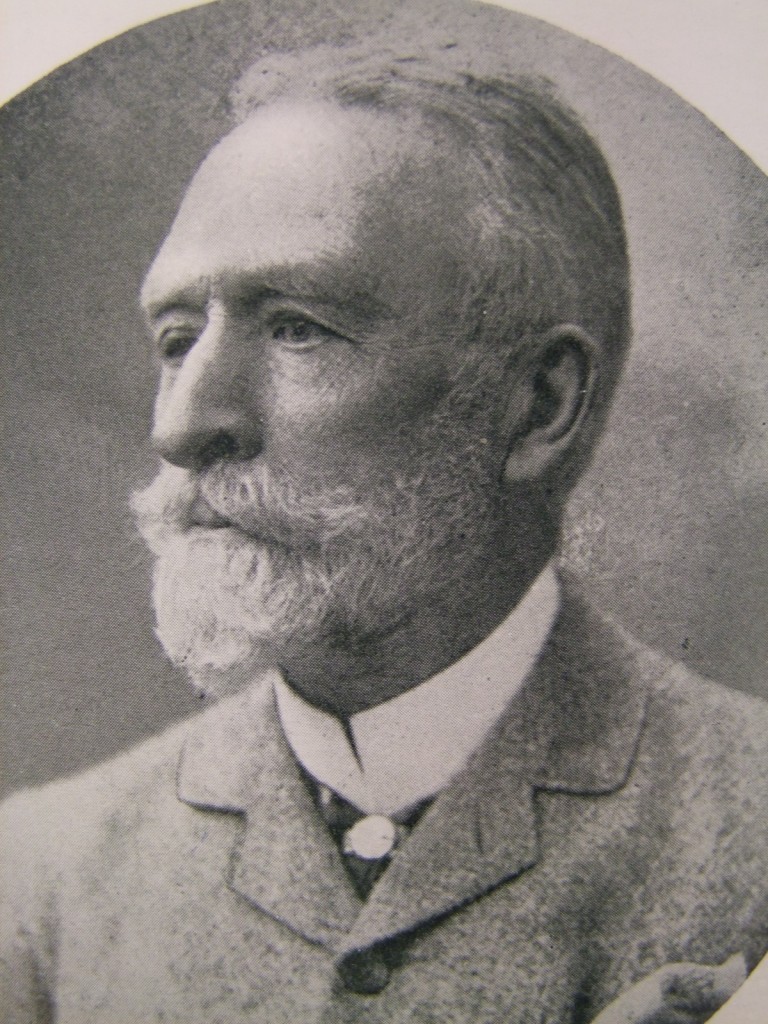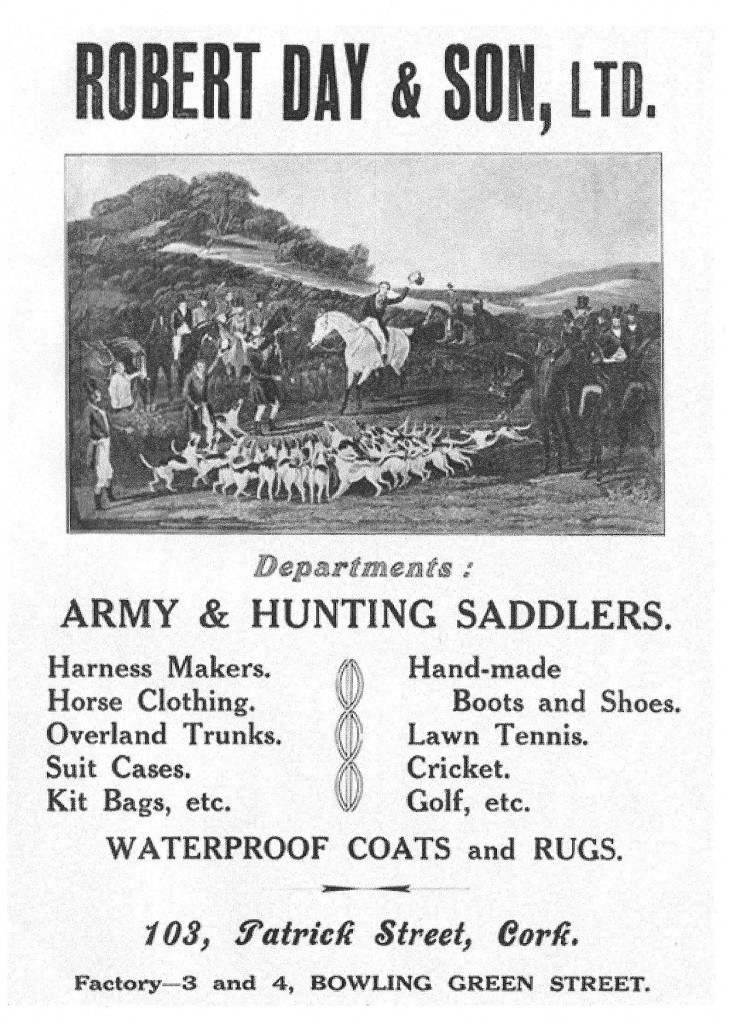
Kieran’s Our City, Our Town, Cork Independent
In the Footsteps of St. Finbarre (Part 218)
A Caretaker of the Past
I have made the journey so many times to the local studies section of Cork City Library. The journey through the reference section to the top floor brings one up a quiet stairwell brings one into the haven where anything to do with Cork is kept. I have always being amazed at the multiple cabinets in the local history room. In these cabinets, the books reveal layers upon layers of insights into Cork life. In many of these books, attempts are made to explain and understand Cork, it’s very soul and identity.
Not everything is documented and there have been times when I have to dig deep into newpapers or even the index of the Journal of the Cork Historical and Archaeological Society. The Journal is an impressive treasure trove of historical facts that seeks to protect in a sense the region’s past.
Within the early days of this journal, the name Robert Day emerges as a principal caretaker of Cork’s past. He was the grandfather of the noted writer and lithographer Robert Gibbings, whose career the column last week briefly outlined. Robert is buried in the burial ground of St. Peter’s Church, Carrigrohane. Dr. Philip G. Lee’s obituary of Robert Day in the Journal of the Cork Historical and Archaeological Society in 1914 reveals another side to Cork’s heritage, those who mind it and their motivations. Robert Day (1836-1914) was a caretaker of Cork’s past.
Born in 1836, Robert was involved in his family’s extensive addler business together with a sports shop well known to Cork anglers on St Patrick’s Street. He was married to Rebecca Scott in 1857. Rebecca belonged to the Scott family who had an extensive ironmongery business in King Street (now McCurtain Street). They had four daughters and four sons.
During his lifetime, he developed an interest in Irish archaeology and seemed to become a well-rounded academic specialising in Irish antiquities. He amassed a unique and comprehensive museum of antiquities, from the Stone age, the early Iron Age and the Medieval period, down to the late eighteenth century, which included a collection of the insignia connected with the Irish volunteers of 1782. At historical meetings he showed some of his collection to other members.
Reputedly, Robert was a man of quiet disposition but with a strong character. He investigated and questioned the objects in his collection whilst listening to the opinions of other interested parties and professionals. He also generously loaned portions of his great collection to various exhibitions, notably to the Irish Exhibition, London and to the Chicago Exhibition.
On his death, an enormous collection of Irish Archaeological artefacts were auctioned off in 1915. They later turned up in the collections of John Hunt in Limerick, Walter J. Verschoyle-Campbell, as well as in those of the Birmingham Archaeological Society, the Louth Archaeological Society, the Ulster Museum and the National Museum of Ireland. An ongoing project at the Department of Archaeology, University College Cork is seeking to trace items from this auction.
Robert Day was also past president of the Cork Literary and Scientific Society. He was Trustee of the Cork Savings Bank and of the South Charitable Infirmary, member of the Royal Irish Academy, Fellow of the Royal Numismatic Society, Fellow of the Royal Society of Antiquaries, and member of many other learned associations at home and abroad and was one of the governors of the Commercial Buildings, Cork.
As a President of the Cork Historical and Archaeological Society from 1894 to 1914, he strove to keep the organisation and its work to the highest possible standard. As editor of its Journal, it is apparent, he sought to publish material that was meticulously researched and there is a sense the material was in danger of being lost if not published. He contributed much to the Journal between 1892 and 1911. In his own myriad of articles in the journals he seemed to have an interest in a number of topics but a clear focus at least can be seen on the history of the Irish volunteers of 1798, the use of metals – bronze and gold in Irish prehistory as well as Cork silver. He detailed the work of fellow antiquarians, contemporary and from decades previously. He edited the society’s reprint of Charles Smith’s History of Cork, which he annotated from the manuscripts of antiquarians Thomas Crofton Croker and Richard Caulfield.
Robert also had an interest in photography and was one of the first to take a camera into Cork City and around its region to capture various scenes of early photographs date from the 1860s. They are atmospheric and depict a Cork which in many ways has disappeared. The pictures are now part of the Day collection which also has photographs by his son William Tottenham Day 1874-1965 and grandson Alec 1902-1980.
The work of Robert Day for me represents the enormous collections that exist in the public realm. However perhaps Robert’s work is also a quest to understand and explain the unknown and to harness it in a contemporary world. In addition, he is part of a distinct set of local historians that have set a precedent in the research and preservation of Cork’s local history.
To be continued…
Captions:
546a. Picture of Robert Day (source: Journal of Cork Historical and Archaeological Society, 1914)
546b. Advertisement for Robert Day & Son in 1919 (source Cork: Its Trade and Commerce)
